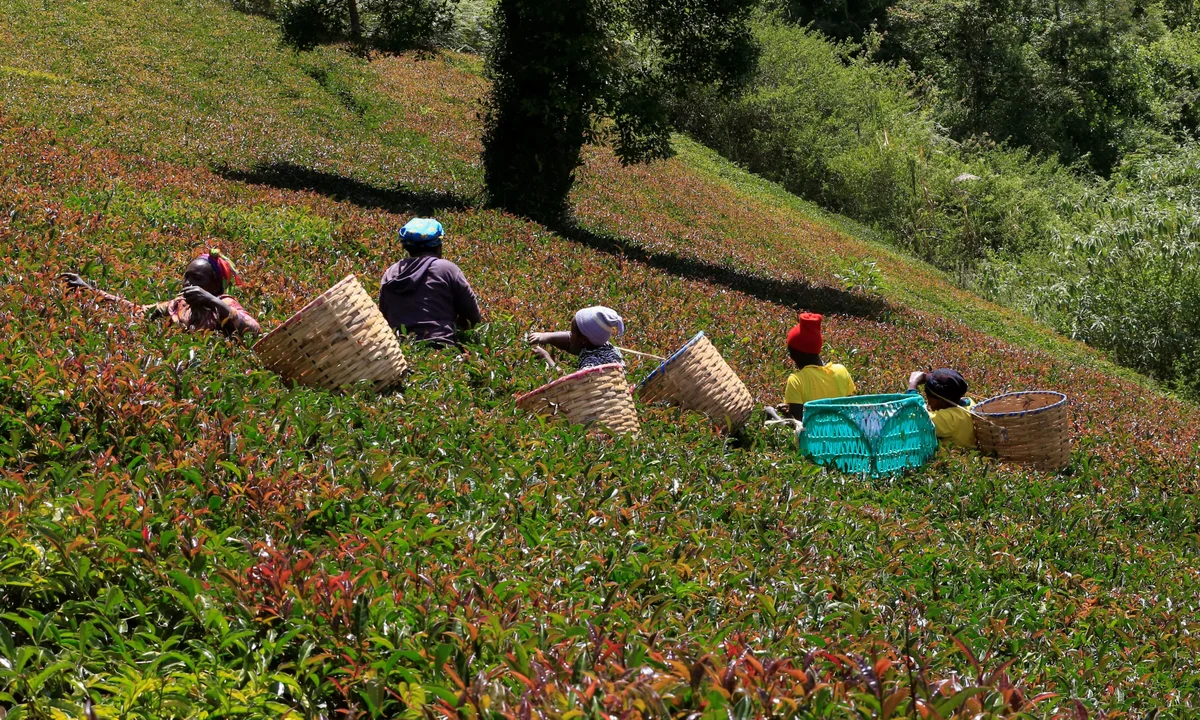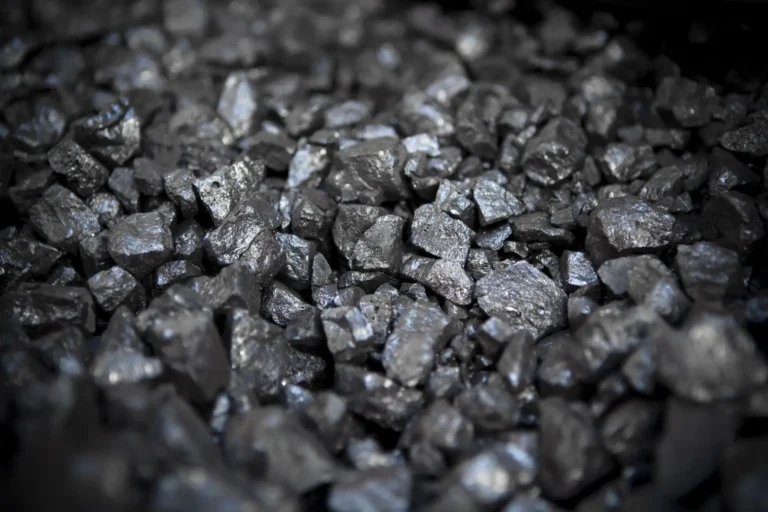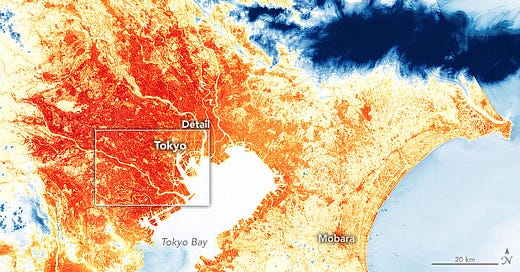How Climate Change Is Changing the Taste and Future of Tea
Tea is one of the world’s most beloved beverages, yet the leaves that produce it are surprisingly sensitive to their environment. The temperature of the air, the timing of the rains, and the richness of the soil all leave their signature in every cup. But today, tea growers across the globe are facing a new challenge: climate change.
From the lush hills of Sri Lanka to the misty mountains of China, shifting weather patterns are altering the way tea is grown — and even how it tastes.
The Delicate Balance of Tea Cultivation
All “true” tea comes from the Camellia sinensis plant. This plant thrives within a narrow set of conditions: mild temperatures, regular rainfall, well-drained soil, and seasonal patterns that allow for periods of growth and rest.
Tea plants are especially vulnerable because they are perennial crops — they stay rooted in the same place for decades. This means they can’t simply be replanted somewhere else each season like vegetables. When the climate changes around them, they must adapt or suffer the consequences.
How Climate Change Is Disrupting Tea
1. Rising Temperatures
In many tea-growing regions, average temperatures have risen over the past 30 years. Warmer weather can speed up leaf growth, but it can also stress plants and disrupt the delicate chemical composition that gives tea its flavor. For example, high-quality teas often develop more slowly in cooler weather, allowing flavor compounds like catechins and aromatic oils to build. Faster growth in hotter conditions can lead to leaves that are less flavorful and more bitter.
2. Unpredictable Rainfall
Tea needs consistent rainfall, but climate change is bringing extremes — too much rain in short bursts, followed by long dry spells. Heavy rain can damage young shoots, wash away topsoil, and make harvesting dangerous. Drought, on the other hand, stresses plants and reduces yield, sometimes killing bushes entirely.
3. Changes in Pests and Diseases
Warmer temperatures and shifting weather patterns create ideal conditions for pests like tea mosquito bugs and fungal diseases such as blister blight. Growers may need to use more pesticides, which can affect both the environment and the final tea quality.
4. Soil Degradation
Erratic rainfall and intense storms can cause erosion, depleting the fertile topsoil tea bushes depend on. Without intervention, this can lead to declining yields year after year.
The Taste of Tea Is Changing
Tea drinkers may not realize it, but climate change is already in the cup. Researchers have found that teas from warmer, drought-affected regions often contain higher levels of certain bitter compounds and lower levels of sweet, aromatic ones.
For example:
- Green teas from China’s highlands may taste more astringent if harvested during heat waves.
- Ceylon black teas from Sri Lanka’s low country may lose some of their bright, citrusy notes after prolonged dry spells.
While some variation in taste is natural from season to season, climate-driven shifts are becoming more extreme and harder for farmers to manage.
How Growers Are Adapting
Despite these challenges, tea farmers are not without solutions. Around the world, growers are finding ways to adapt to a changing climate.
- Shade Trees & Agroforestry: Planting shade trees helps keep temperatures down, conserves moisture, and prevents soil erosion.
- Water Management Systems: Rainwater harvesting and drip irrigation reduce dependence on unpredictable rainfall.
- Climate-Resilient Varieties: Plant breeders are developing tea cultivars that tolerate heat, drought, and pests.
- Shifting Harvest Times: Adjusting the picking schedule can help capture leaves at their flavor peak, even in unusual weather conditions.
Why It Matters for Tea Lovers
For tea drinkers, climate change isn’t just an abstract environmental issue — it’s a taste issue, a quality issue, and ultimately, a supply issue. If current trends continue, the price of high-quality tea could rise as yields drop, and the distinctive flavors of certain regions could fade.
Supporting sustainable tea practices, choosing teas from growers who invest in climate adaptation, and being open to exploring new regions are ways that tea enthusiasts can help preserve the drink they love.
A Cup That Reflects the Climate
Every cup of tea tells a story about the place and time it came from. As the climate changes, so too will those stories. While some changes may introduce new and unexpected flavors, others could threaten the heritage and livelihoods of the world’s tea-growing communities.
By understanding the link between climate and tea, we not only become more informed drinkers — we also become part of the conversation about how to protect this centuries-old tradition for generations to come.






